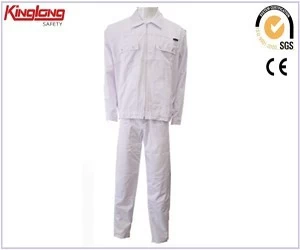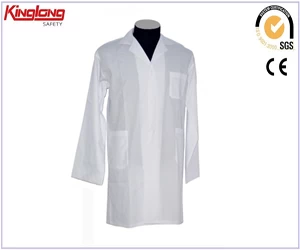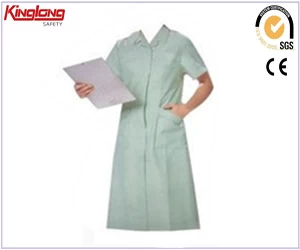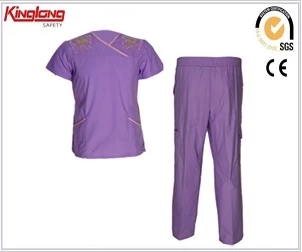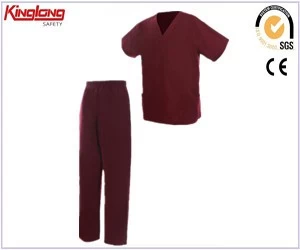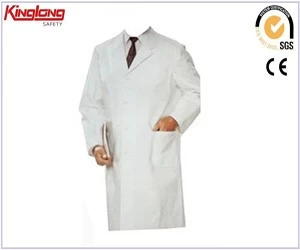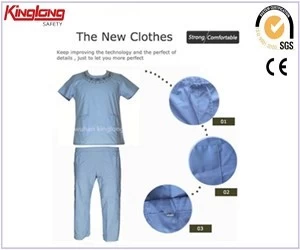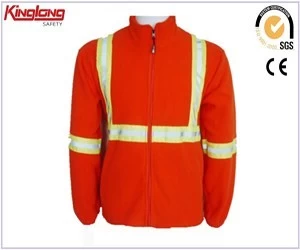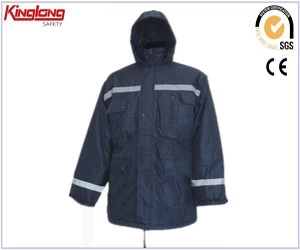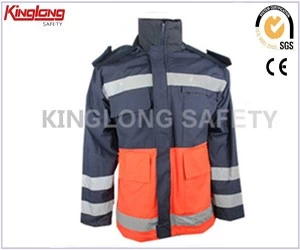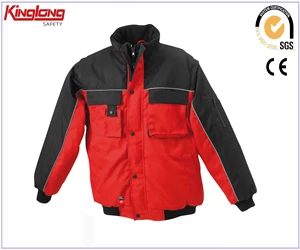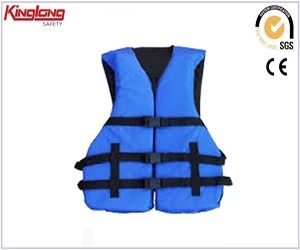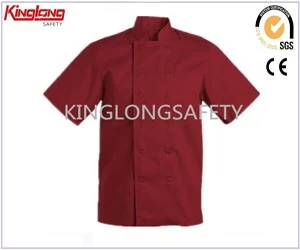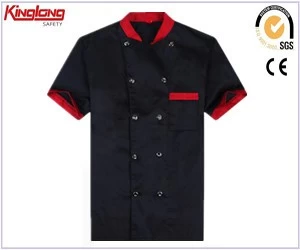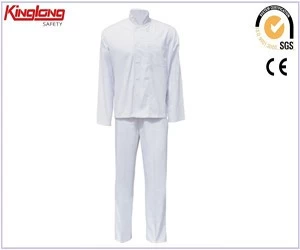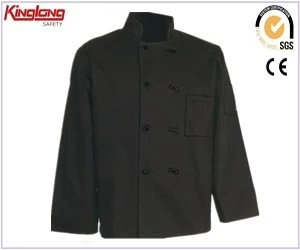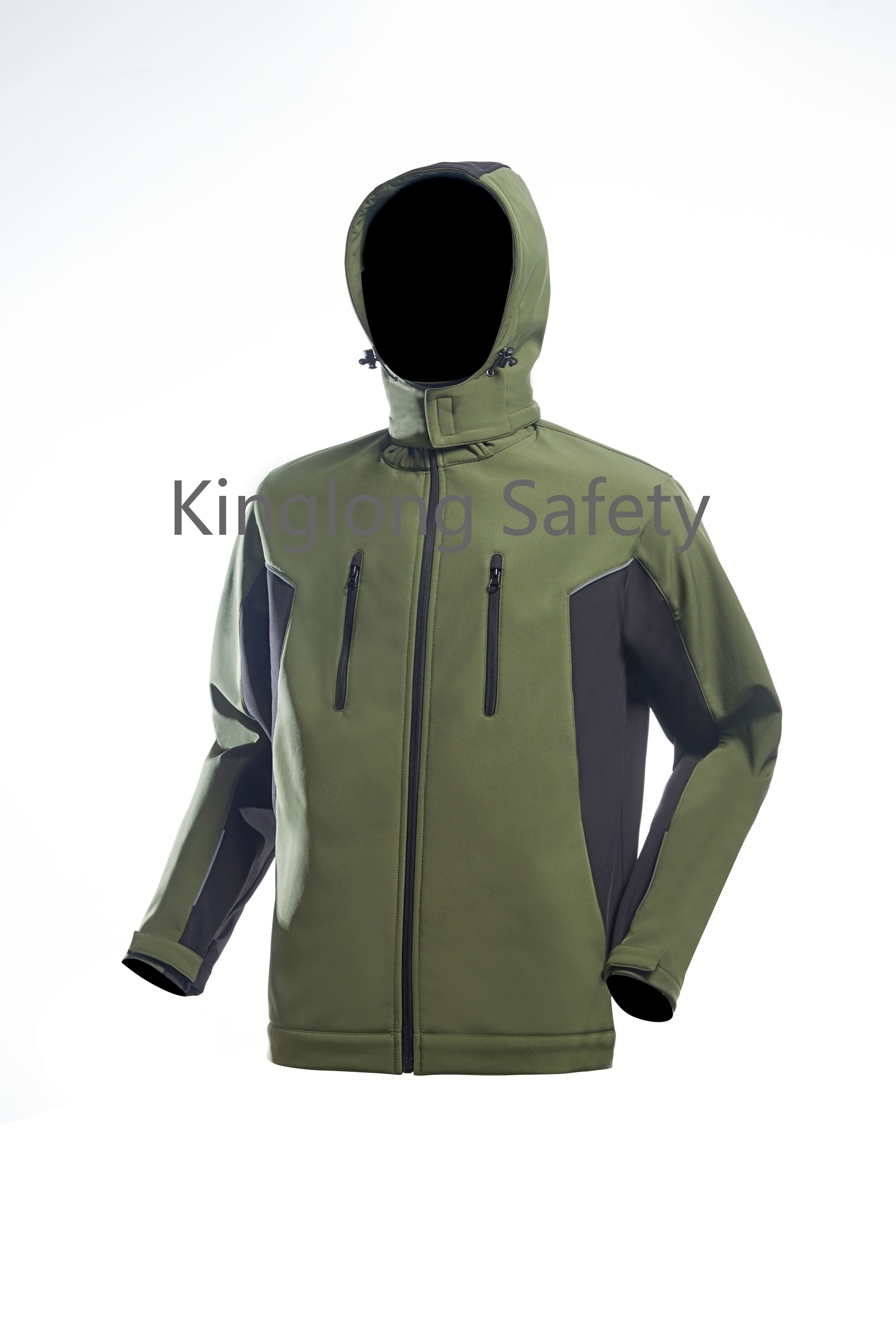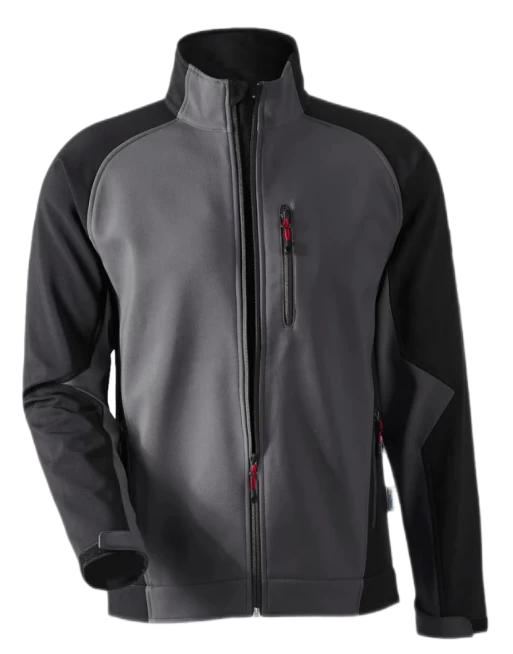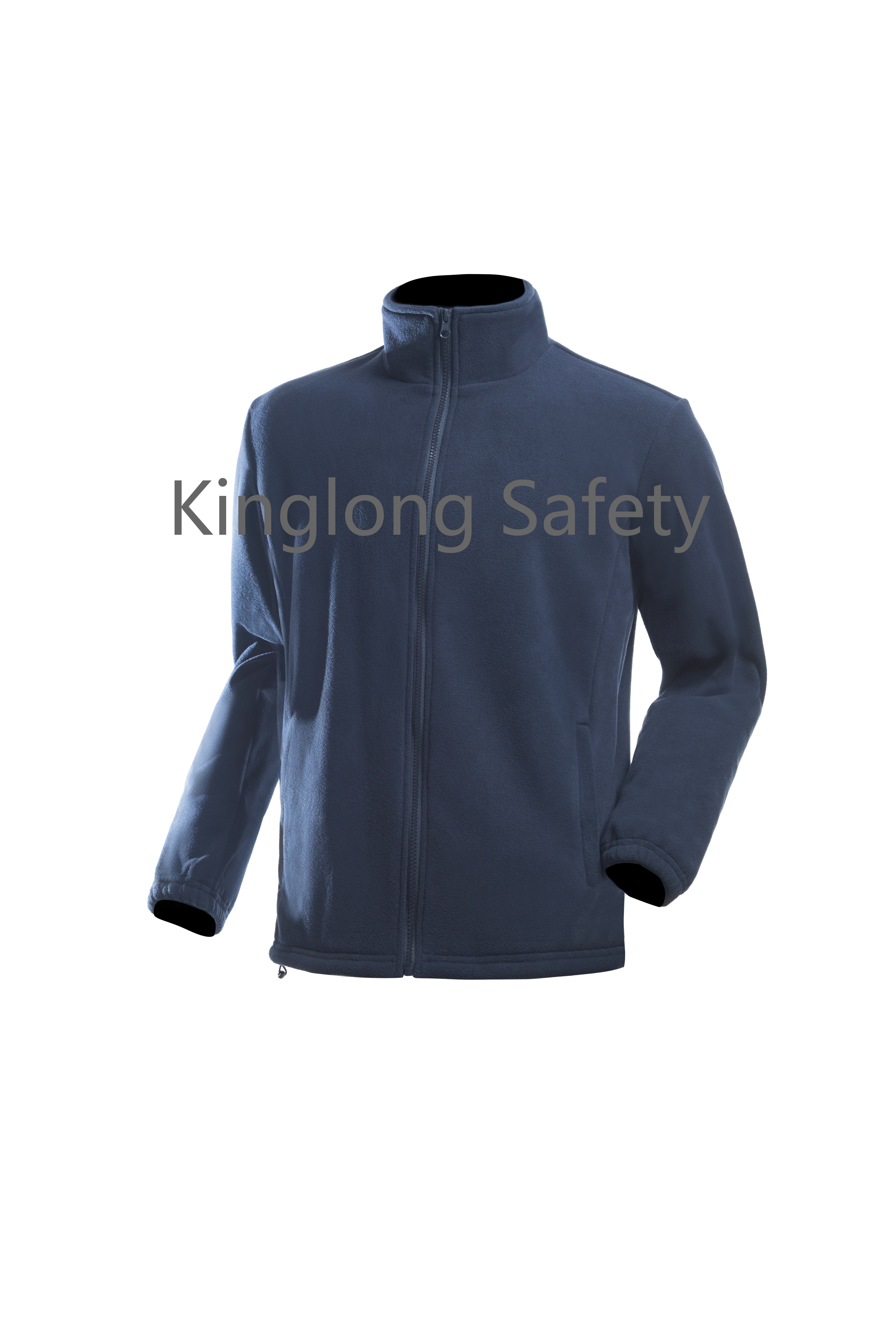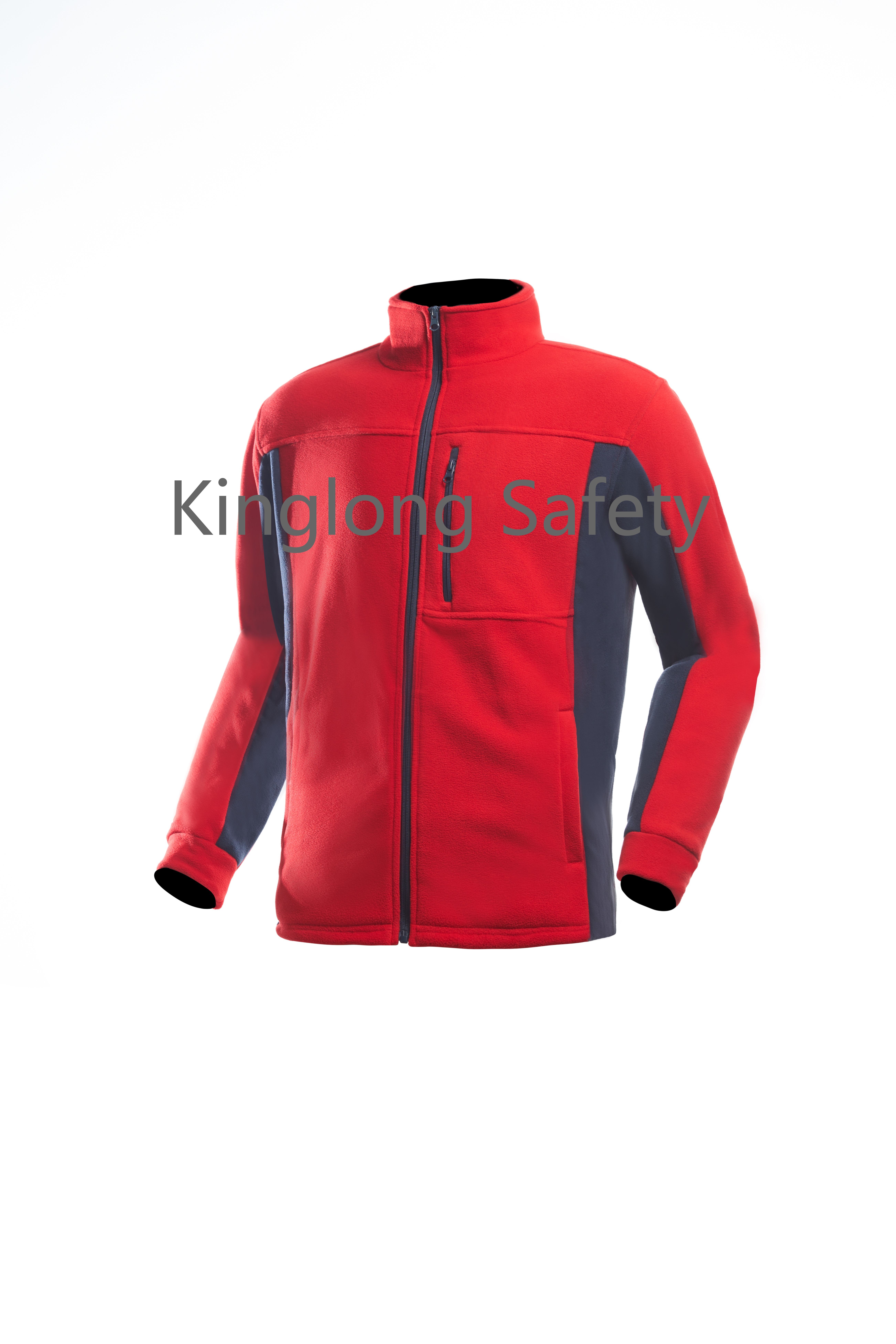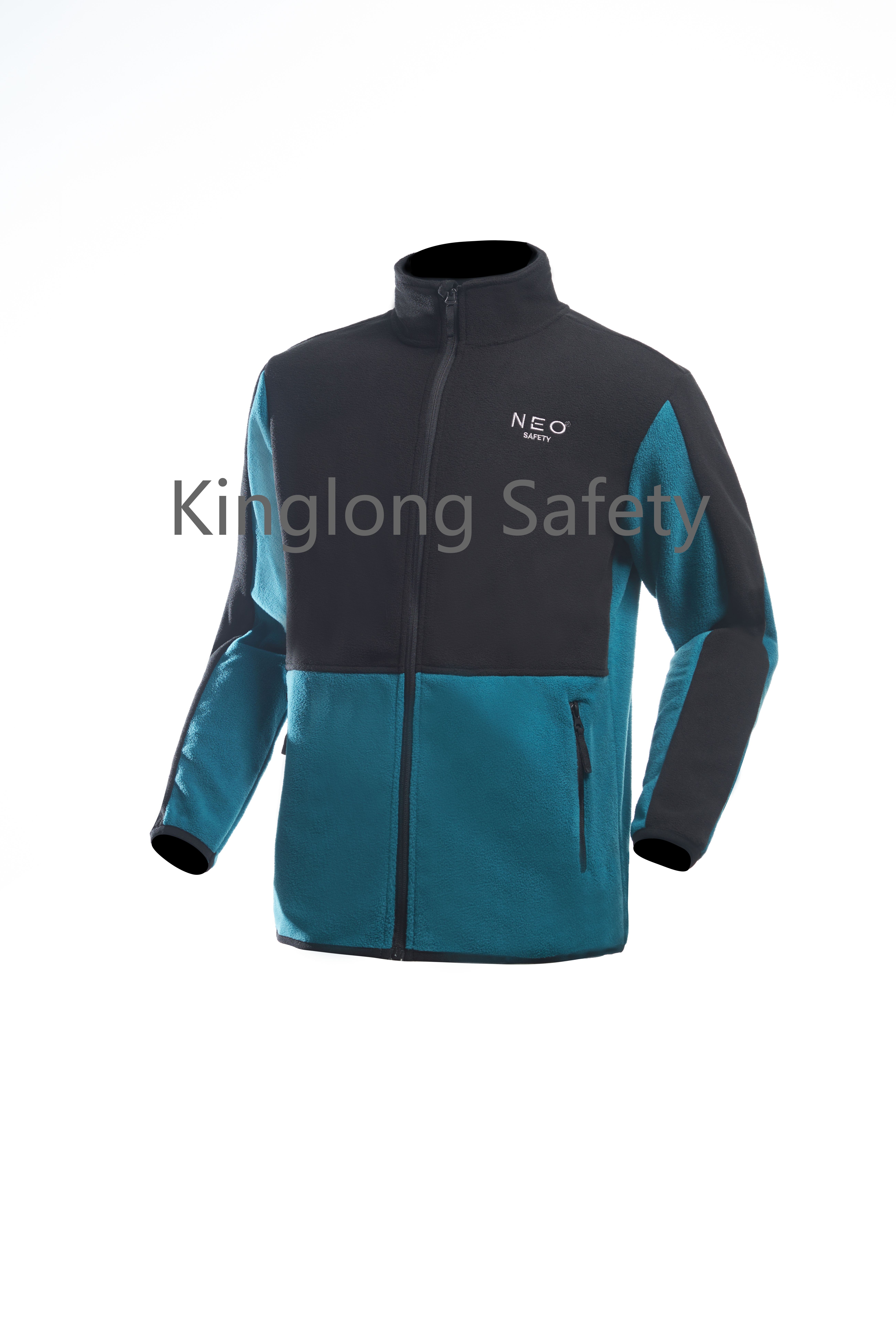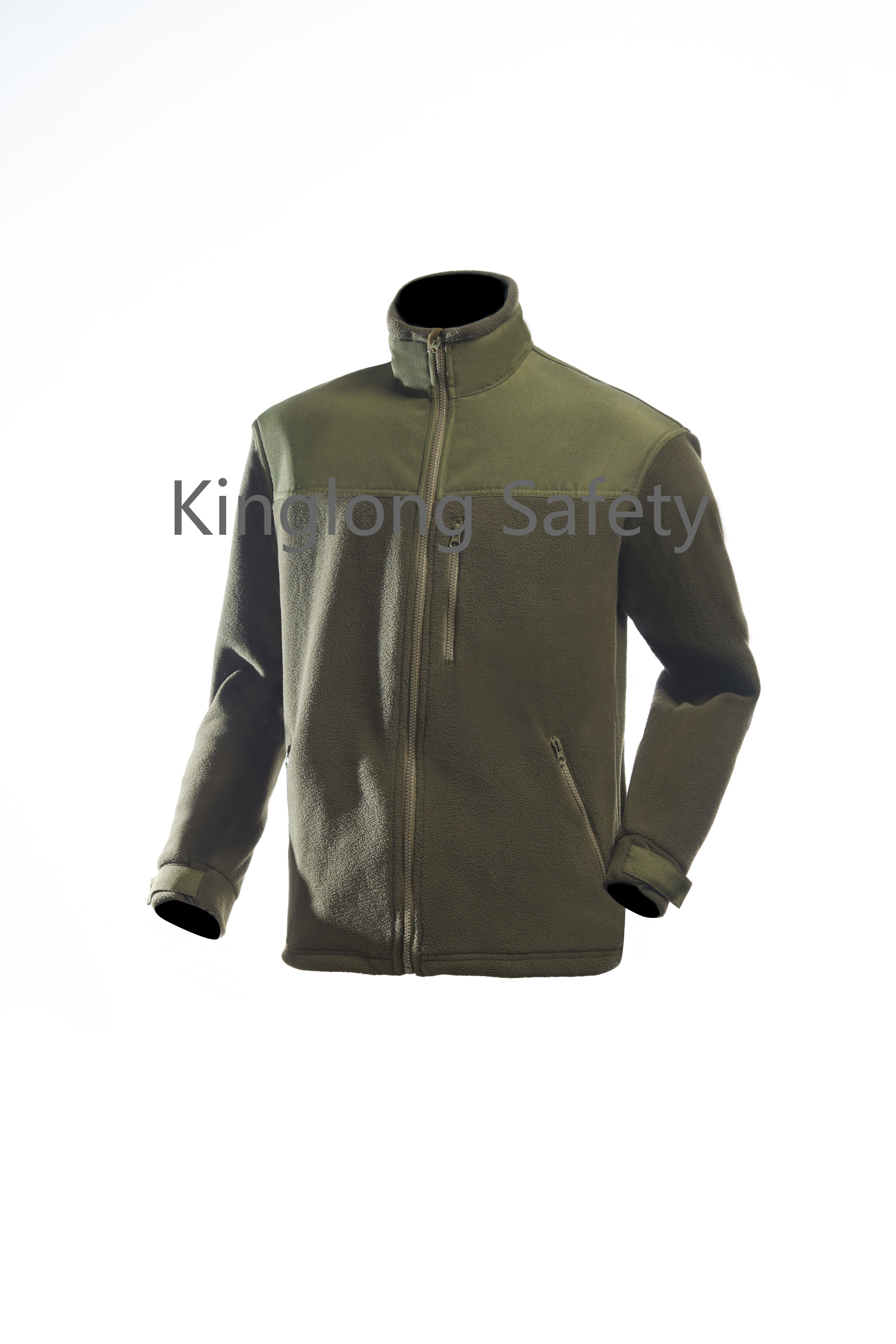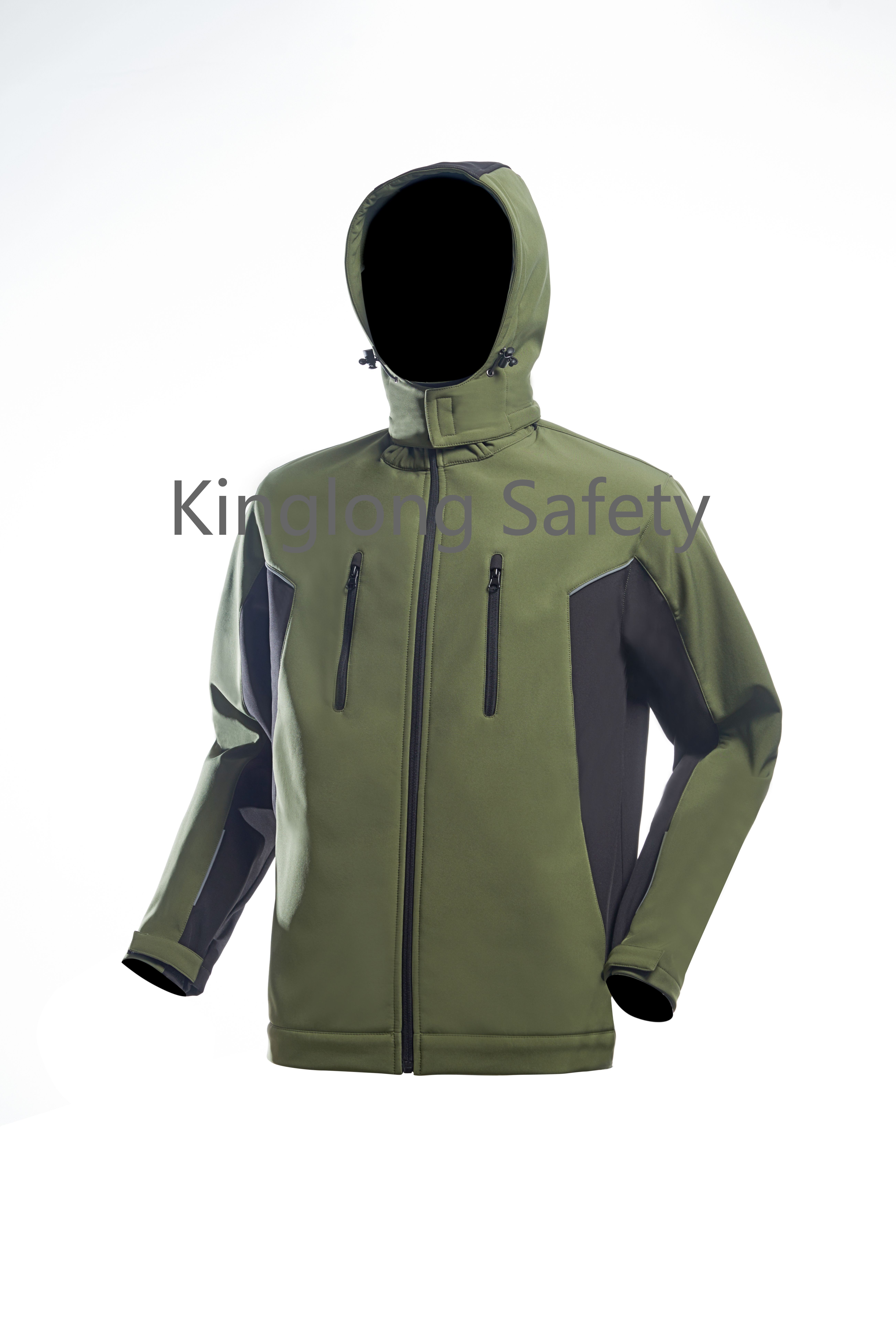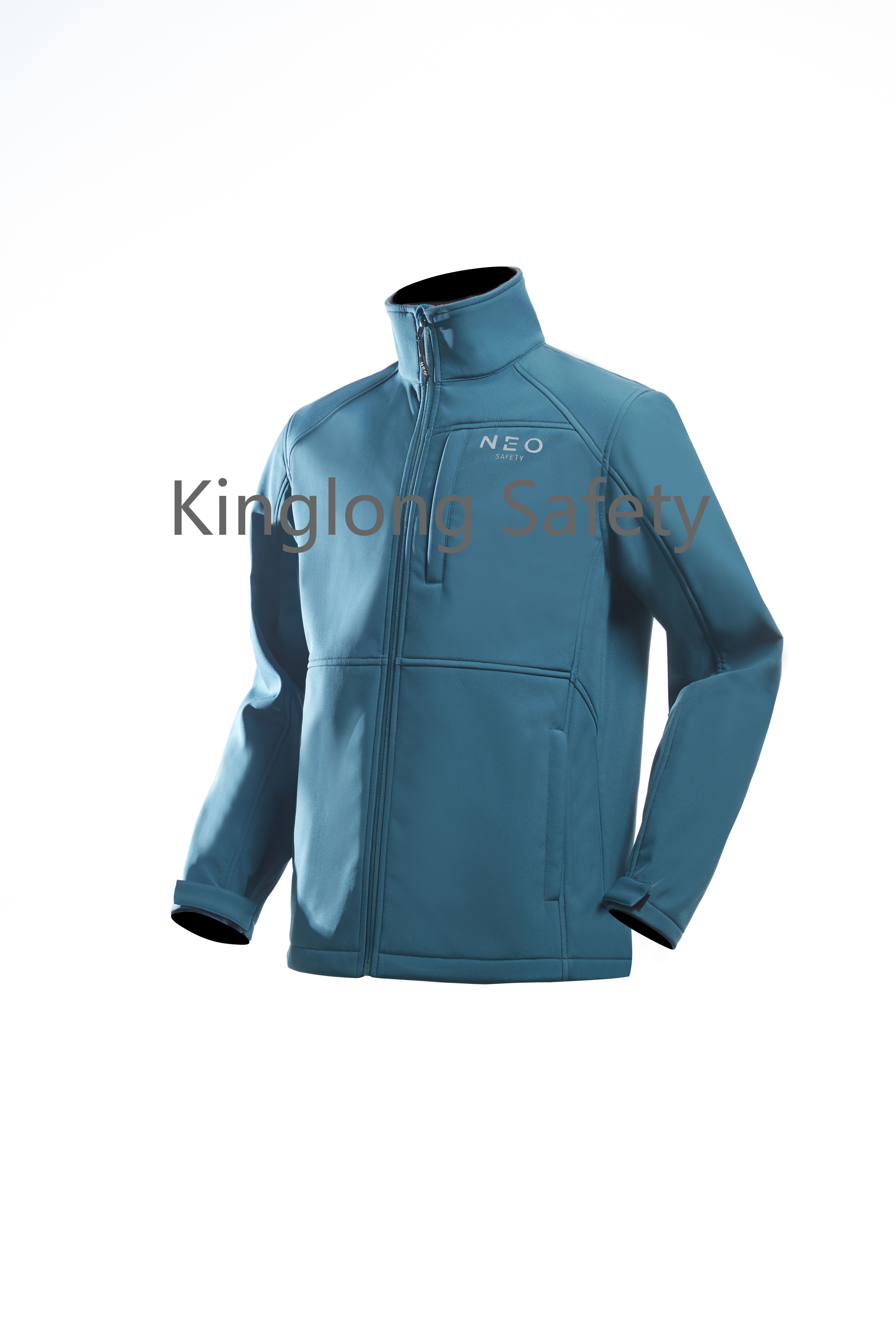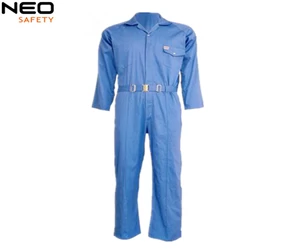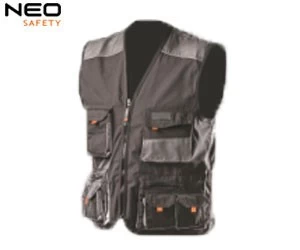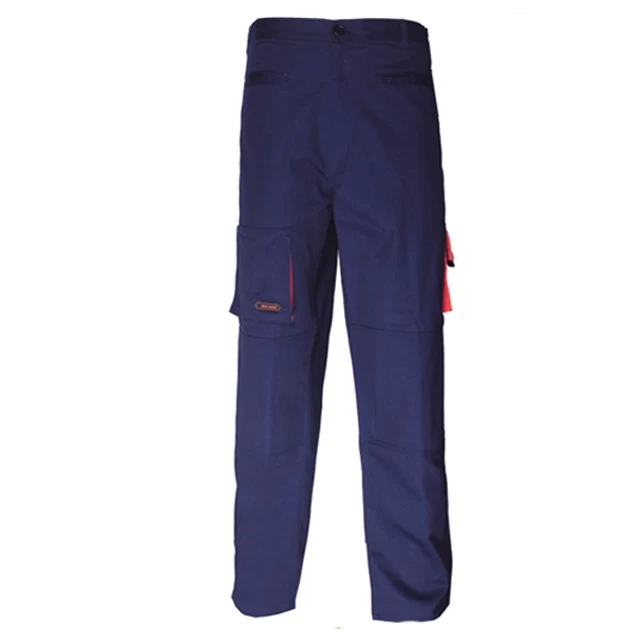High-visibility clothing
Experimental use of high-visibility clothing began in 1964 on the Scottish Region of British Railways.[1] Fluorescent orange jackets, known as "fire-flies", were issued to track workers on the Pollokshields to Eglinton Street electrified section in Glasgow; they were later tried in other areas, such as Edinburgh, Aberdeen and Inverness. Train drivers operating in these areas were asked their opinion as to the effectiveness of the jackets.[1] Following trials, high-visibility clothing was issued to engineering and other staff working on the electrified lines of BR's London Midland Region in 1965. It was thought to be more important due to the higher speeds of the newly electrified WCML route from Euston to Manchester, Liverpool and Birmingham. The first version was worn as a jerkin and was "visible at ... half a mile in normal weather conditions."[2]
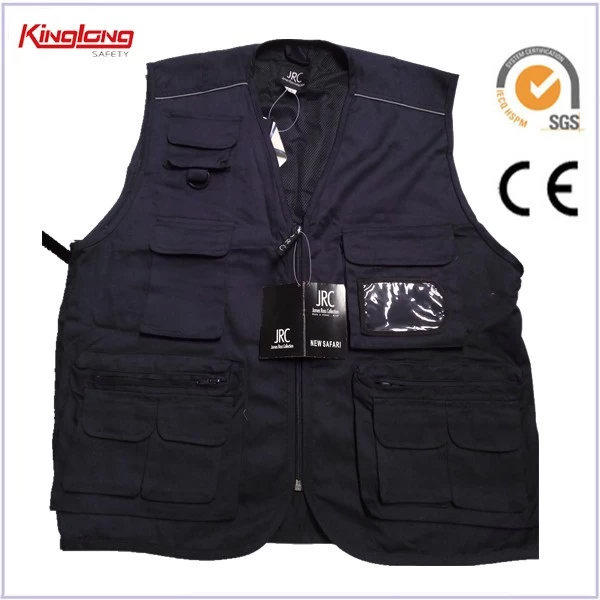
Since then, features of high-visibility clothing such as the EN510 quick release standard and the EN471 high visibility standard, have improved the effectiveness and contributed to improved safety for rail workers. The specifications for high visibility clothing suitable for use on railways in the United Kingdom are published by the Rail Safety and Standards Board.
If you want to know more about high visibility safety work clothing, please go to our website:www.chinasupplier.com.
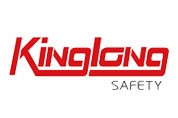




 Address : 1508, BLK 5,FANHAI SOHO,WANGJIADUN,JIANGHAN DISTRICT,WUHAN, CHINA
Address : 1508, BLK 5,FANHAI SOHO,WANGJIADUN,JIANGHAN DISTRICT,WUHAN, CHINA